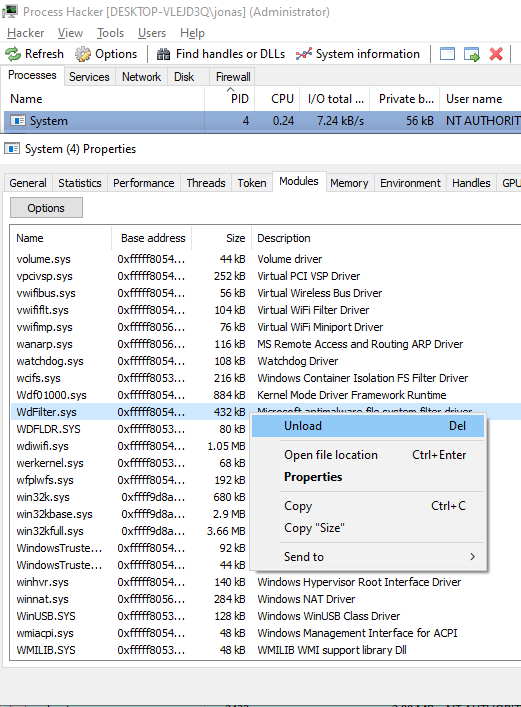
I went looking for a remote-controlled power switch (the wireless christmas kind, not the modern IoT kind) and didn't find it, but I did find this thing I bought just to figure out why it exists.
It's a timer outlet, but you program it from your phone... but it's not wireless.

probably because iphone dropped the headphone port and they had to get with the 21st century and make it bluetooth

I guess the thing saves settings when turned off, because you have to unplug it to push the reset button.
Specs: up to 10 amps for a resistive load, and up to 5 amps for a tungsten load.

That's putting some serious trust in your SEO, man

although it tries to sell me a bunch of unrelated movies first?

one of my favorite things to do is to look up the ratings on IoT apps... they're never good.

make calls, and access all your files.
and if you deny it, it just dumps you in the settings page to fix permissions, with no message.


We've got a CPU and two smaller chips. Probably one is some kind of communication chip, and the other is a flash chip for storing settings?

L isn't connected... I think that means there's a version of this that can control two outlets at once, not just one.

I do like that they keep all the high-voltage AC stuff separate from the low-voltage DC stuff.
Cheaper versions of this would have just had one PCB.


AND IT'S AN 8051! EVERYONE TAKE A DRINK

because it has a battery, yeah.

because it can tell it's not connected properly, in this emulator I'm using

it sounds like (NO PUN INTENDED) it has a protocol of simple tones that it plays at the device.

android historically has had a AudioManager.isWiredHeadsetOn api which tells you if the 3.5mm jack is connected.
So it may just be detecting there's no headphones plugged in to my emulator.


CT is "current time" as an integer of how many minutes it is into the day, and CD is the day of the week.

(it's using Monday = 001, and counting up from there)

uhhh. I'm not sure I'm awake enough to figure this out, but... it starts by padding up to a multiple of 8 bits.

then it converts that to a binary number, and pads it out (on the left this time) to 8 bits
if it is, it adds a 1?
More from foone
More from Tech
I think about this a lot, both in IT and civil infrastructure. It looks so trivial to “fix” from the outside. In fact, it is incredibly draining to do the entirely crushing work of real policy changes internally. It’s harder than drafting a blank page of how the world should be.
I’m at a sort of career crisis point. In my job before, three people could contain the entire complexity of a nation-wide company’s IT infrastructure in their head.
Once you move above that mark, it becomes exponentially, far and away beyond anything I dreamed, more difficult.
And I look at candidates and know-everything’s who think it’s all so easy. Or, people who think we could burn it down with no losses and start over.
God I wish I lived in that world of triviality. In moments, I find myself regretting leaving that place of self-directed autonomy.
For ten years I knew I could build something and see results that same day. Now I’m adjusting to building something in my mind in one day, and it taking a year to do the due-diligence and edge cases and documentation and familiarization and roll-out.
That’s the hard work. It’s not technical. It’s not becoming a rockstar to peers.
These people look at me and just see another self-important idiot in Security who thinks they understand the system others live. Who thinks “bad” designs were made for no reason.
Who wasn’t there.
The tragedy of revolutionaries is they design a utopia by a river but discover the impure city they razed was on stilts for a reason.
— SwiftOnSecurity (@SwiftOnSecurity) June 19, 2016
I’m at a sort of career crisis point. In my job before, three people could contain the entire complexity of a nation-wide company’s IT infrastructure in their head.
Once you move above that mark, it becomes exponentially, far and away beyond anything I dreamed, more difficult.
And I look at candidates and know-everything’s who think it’s all so easy. Or, people who think we could burn it down with no losses and start over.
God I wish I lived in that world of triviality. In moments, I find myself regretting leaving that place of self-directed autonomy.
For ten years I knew I could build something and see results that same day. Now I’m adjusting to building something in my mind in one day, and it taking a year to do the due-diligence and edge cases and documentation and familiarization and roll-out.
That’s the hard work. It’s not technical. It’s not becoming a rockstar to peers.
These people look at me and just see another self-important idiot in Security who thinks they understand the system others live. Who thinks “bad” designs were made for no reason.
Who wasn’t there.
After getting good feedback on yesterday's thread on #routemobile I think it is logical to do a bit in-depth technical study. Place #twilio at center, keep #routemobile & #tanla at the periphery & see who is each placed.
This thread is inspired by one of the articles I read on the-ken about #postman API & how they are transforming & expediting software product delivery & consumption, leading to enhanced developer productivity.
We all know that #Twilio offers host of APIs that can be readily used for faster integration by anyone who wants to have communication capabilities. Before we move ahead, let's get a few things cleared out.
Can anyone build the programming capability to process payments or communication capabilities? Yes, but will they, the answer is NO. Companies prefer to consume APIs offered by likes of #Stripe #twilio #Shopify #razorpay etc.
This offers two benefits - faster time to market, of course that means no need to re-invent the wheel + not worrying of compliance around payment process or communication regulations. This makes entire ecosystem extremely agile
So I have been studying this entire communication layer as its relevance is ever growing with more devices coming online, staying connected, and relying on real-time communication. Not that this domain under penetrated, but there is a change underway.
— Ameya (@Finstor85) February 10, 2021
This thread is inspired by one of the articles I read on the-ken about #postman API & how they are transforming & expediting software product delivery & consumption, leading to enhanced developer productivity.
We all know that #Twilio offers host of APIs that can be readily used for faster integration by anyone who wants to have communication capabilities. Before we move ahead, let's get a few things cleared out.
Can anyone build the programming capability to process payments or communication capabilities? Yes, but will they, the answer is NO. Companies prefer to consume APIs offered by likes of #Stripe #twilio #Shopify #razorpay etc.
This offers two benefits - faster time to market, of course that means no need to re-invent the wheel + not worrying of compliance around payment process or communication regulations. This makes entire ecosystem extremely agile
























































